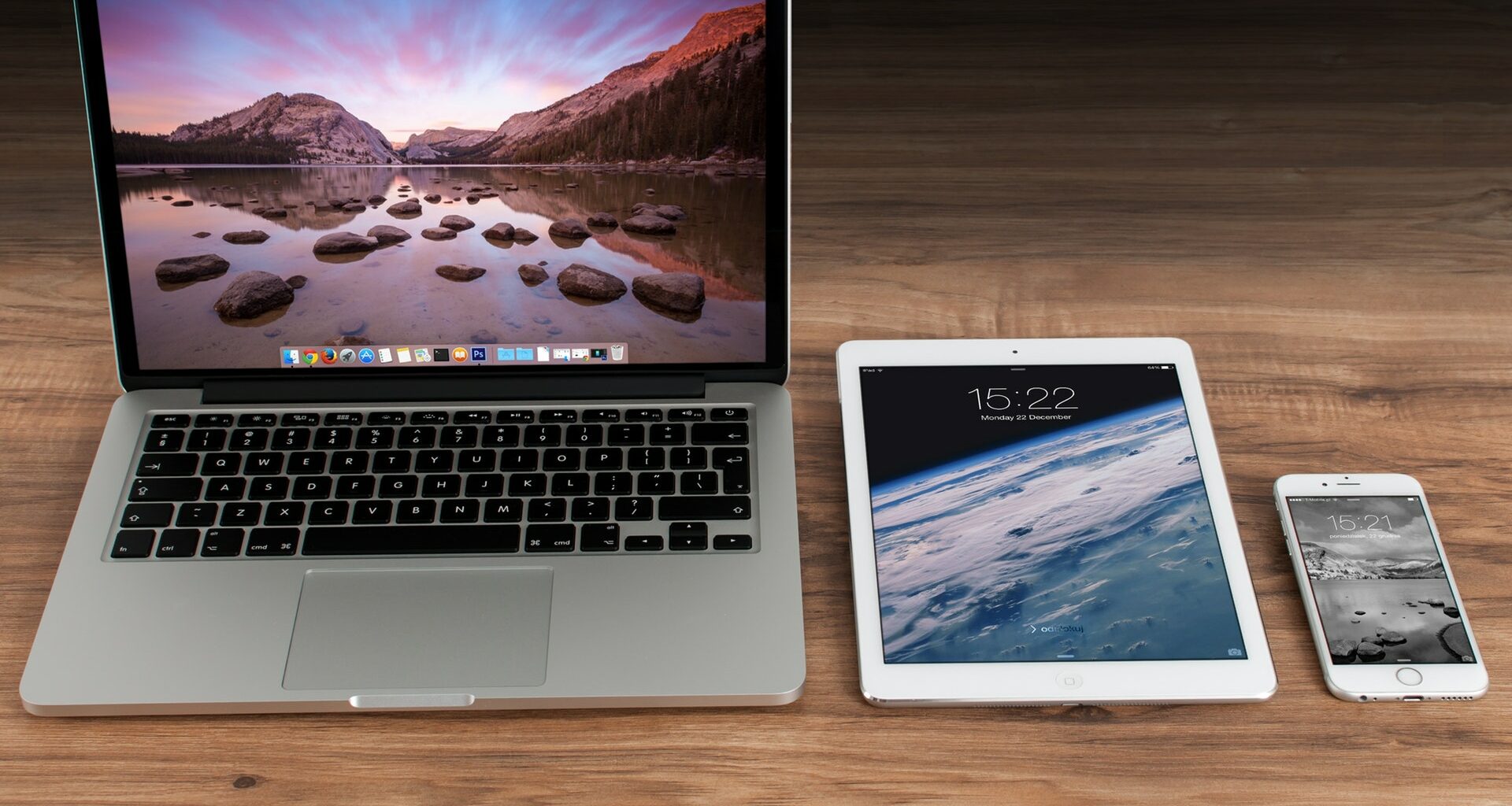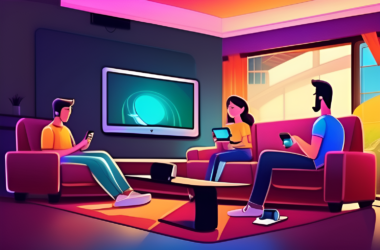I’m using the first generation MacBook Pro 13″ with a Touch Bar. My prior machine was a barge masquerading as a 17″ MacBook Pro, so I jumped on the new design1 the moment it was made available. Sadly, as Apple’s recent service program admits, this laptop’s keyboard is anything but reliable and I’ve had to take it in for replacement, though it was under warranty.
Which makes reading about this Microsoft Service Book 2 review so frustrating. It appears that this combination of Microsoft-integrated hardware and software has finally caught up with the MacBook, particularly around little details that Windows laptops have been lagging on: build quality, trackpad design, screen sharpness, HiDPI support at the OS level, and assorted other quality-of-computing-life niceties. On top of that, the Surface Book 2 adds a bunch of touch, stylus, tablet, and connectivity features that MacBooks cannot match, and much of that functionality sounds genuinely useful2.
But even in an age of Windows bash shells and cross-OS Electron apps, macOS still has an edge in apps designed and built by small indie shops. Whereas the Offices and Photoshops and even Twitters and Slacks will be present on both operating systems, it’s the Reeders and Tweetbots and Day Ones which have stayed with Apple’s platforms, leveraging their native app expertise for great UI/UX and integration with Apple’s hardware and services. Apple’s native app developers have proven resistant to multi-platform development.
This lock-in is further amplified by iOS and the increasing computing power of mobile devices, which is allowing for feature-parity between mobile and desktop with data syncing seamlessly across both. The lack of a mobile beachfront really hurts Microsoft’s efforts on Windows here. At best, they can entice developers to cross-compile Windows apps into iOS and Android apps easily with their development platforms, but face an uphill climb without proprietary OS features or the ability to set themselves as defaults outside of Windows. Both Apple and Google are looking to enable their desktop OSs run mobile apps, which further paints Windows app development into a corner.
It’s too bad, because it feels like Windows 10, as an operating system, is iterating faster than macOS. As it is still a foundational technology of a major corporation, Microsoft’s investment into the OS is having a positive effect on usability and design and even public mindshare. Sadly, this is likely the last whimperings of a computing paradigm that’s slowly but inexorably falling into a niche. While it’ll still be the preferred computing system of power users—and by extension embody many business use cases—the pull of mobile and its rapid advancements will only further influence and shape the where the desktop goes. In this configuration, Apple’s unique ownership over iOS, MacOS, and their respective hardware platforms provides a user experience lock-in that others cannot match.
Which for me also entailed a retina display upgrade.↩
Compared to, say, a touch bar whose main claim to fame is replacing a hardware Esc key that people wanted to keep and eventually worked around.↩



